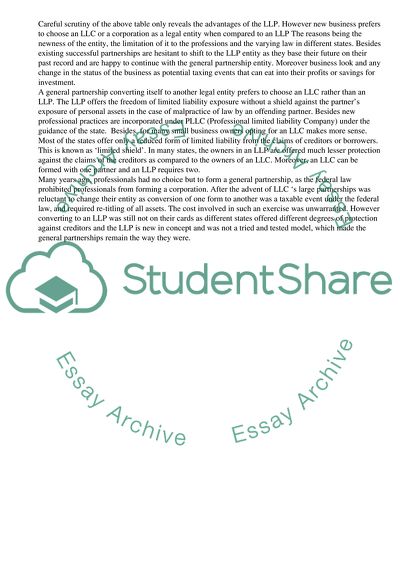Cite this document
(“Limited Liability Partnerships Essay Example | Topics and Well Written Essays - 2500 words”, n.d.)
Retrieved from https://studentshare.org/business/1532144-limited-liability-partnerships-essay
Retrieved from https://studentshare.org/business/1532144-limited-liability-partnerships-essay
(Limited Liability Partnerships Essay Example | Topics and Well Written Essays - 2500 Words)
https://studentshare.org/business/1532144-limited-liability-partnerships-essay.
https://studentshare.org/business/1532144-limited-liability-partnerships-essay.
“Limited Liability Partnerships Essay Example | Topics and Well Written Essays - 2500 Words”, n.d. https://studentshare.org/business/1532144-limited-liability-partnerships-essay.


